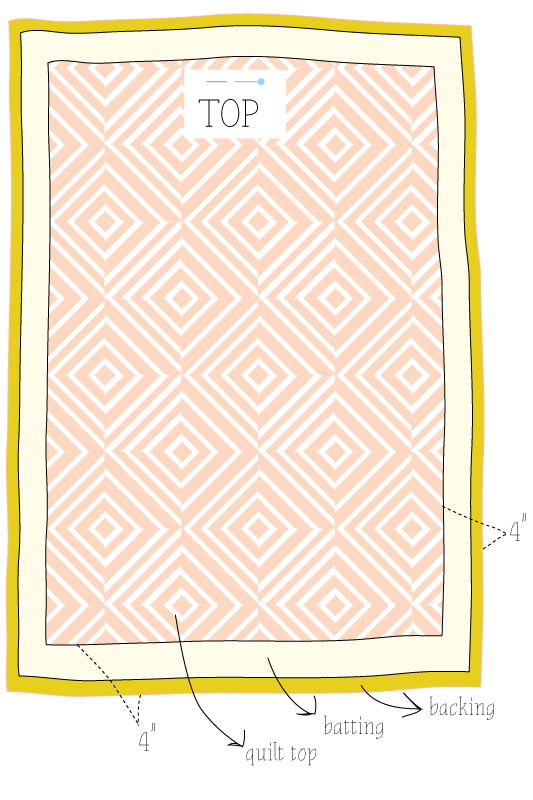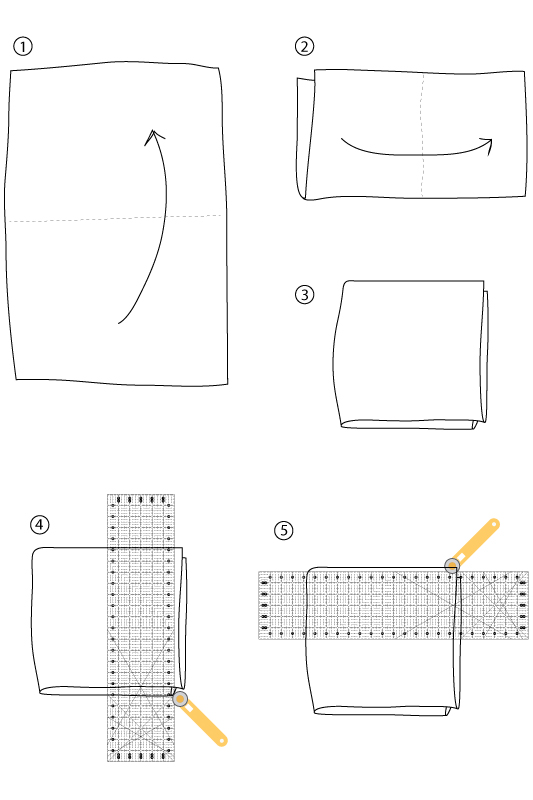
Please make sure of the following before sending your quilt:
+ Your batting and backing need to be at least 8″ longer and 8″ wider than your quilt top. Larger is okay. (This is 4″ wider than the quilt top on all 4 sides)
+ Horizontal seams are strongly suggested, and the fewer seams the better.
+ Be sure your backing is square. Top and bottom edges at a minimum.
+ Label the top of your quilt top AND backing.
+ Press quilt top and backing well and trim loose threads. Be sure seams lay flat, especially at seam joins.
+ DO NOT pin or baste your layers together before sending. The top and backing will be loaded independently onto the frame.
+ Sheets are not usually considered suitable backing for quilts because of their high thread count. Send for use at your own risk. Sheets need to be out of their packaging with bulky seams removed. I strongly suggest washing and pressing before sending. Spray starch will be used on stubborn creases/wrinkles.
+ I do not quilt “double sided” quilts (i.e. quilt tops as backing).
+ I do not accept Minky, Cuddle, fleece, jersey (or similar stretchy materials) as quilt backings.
+ Backing with sharp creases or stubborn wrinkles will be lightly misted with water or spray starch when loaded on the frame. Please let me know if this is not okay.
Squaring Your Quilt Backing
1. After you have pieced your backing as desired, fold the backing in half width-wise.
2. Fold your backing in half again, this time in the opposite direction from the first fold.
3. Your backing will now be folded into quarters. Two sides will have raw edges and two sides will have folds. Make sure the raw edges of the fabric line up as best as possible. They most likely will not line up exactly, and that is why we will be trimming in the next step.
4. With a rotary cutter and large enough ruler, I suggest a 6″ x 24″ ruler, lay the ruler along the length of one of the raw edge of your backing. Line up one of the measurement lines on your ruler along the fold of fabric. (For example, line up the 1″ line across the ruler with the folded edge of the fabric.) Make sure your ruler is very close to the raw edge, but far enough away to give you a clean, straight cut through all four layers. Trim the fabric along the raw edge. You should only be removing a small amount of fabric.
5.Rotate your ruler and repeat for the other raw edge. If you choose to rotate your fabric before this second cut, do so carefully so as not to disturb your first cut.
Because you used the folds of the fabric to line up your ruler before making your cuts, you backing fabric should now be square.

